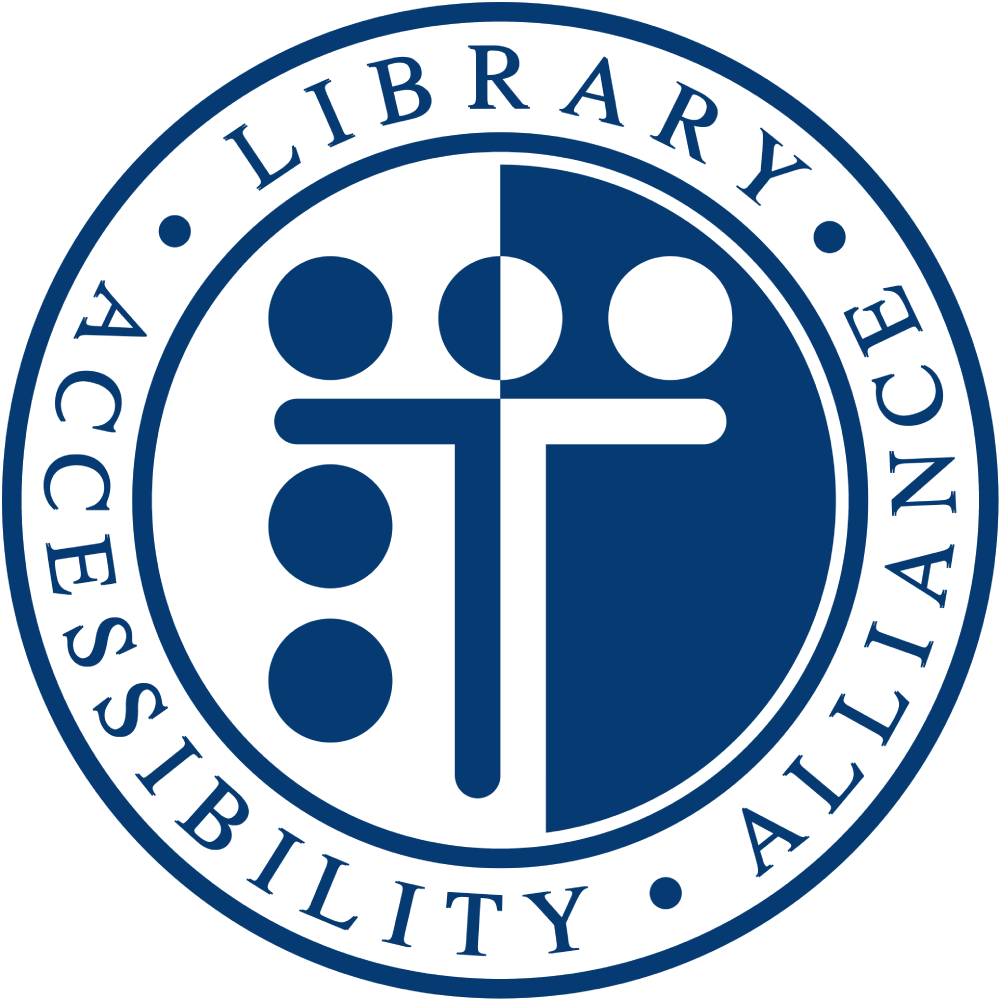Accessiblü conducted a high-level accessibility evaluation of the Medici.tv streaming platform to assess its usability for individuals with disabilities. The review was conducted using the JAWS and NVDA screen readers, keyboard-only navigation, and manual inspection for conformance to select WCAG 2.2 AA success criteria.
Key Findings
The Medici.tv platform presents significant accessibility challenges that create substantial barriers for users with disabilities. During our testing, we encountered critical issues that prevent users from effectively navigating the site, searching for content, and accessing video resources. These issues severely impact the ability of screen reader users and keyboard-only users to use the platform effectively.
The testing revealed issues such as missing page-level headings (H1), unlabeled landmark regions, missing alternative text for images and icons, inaccessible video player controls, unlabeled form controls and buttons, and inconsistent heading hierarchy. These problems not only hinder platform usability but often render essential functionality completely inaccessible to people with disabilities.
Top 3 Issues
- Missing H1 Headings and Improper Heading Hierarchy
- Brief description: The homepage and tested pages lack H1 headings, with content jumping directly from no H1 to H2 or H3 headings, creating a confusing document structure.
- Impact: Screen reader users cannot identify the main topic of the page or navigate efficiently using heading landmarks. This violates fundamental navigation patterns.
- WCAG Success Criteria: 1.3.1 Info and Relationships (Level A), 2.4.6 Headings and Labels (Level AA)
- Missing Alternative Text for Images and Icons
- Brief description: Multiple images, logos, and icons throughout the site lack alternative text or provide only generic announcements like 'graphic' or 'link graphic' without meaningful descriptions.
- Impact: Screen reader users cannot understand the purpose or content of visual elements, including navigation icons, app store download buttons, and promotional imagery. This creates confusion and prevents effective navigation.
- WCAG Success Criteria: 1.1.1 Non-text Content (Level A)
- Inaccessible Video Player Controls
- Brief description: Video player controls are not initially visible or accessible, requiring keyboard tabbing to reveal them. Multiple buttons are unlabeled, announced only as 'unlabeled button,' and there is no clear indication that video content is present.
- Impact: Users cannot easily locate, identify, or operate video playback controls. The autoplaying background video on the homepage lacks pause controls, creating a barrier for users with cognitive disabilities and violating WCAG guidelines.
- WCAG Success Criteria: 2.1.1 Keyboard (Level A), 2.2.2 Pause, Stop, Hide (Level A), 4.1.2 Name, Role, Value (Level A)
Disabilities Impacted
Blind and Low-Vision Users
- Issues: Missing H1 headings, improper heading hierarchy, missing alternative text for images and icons, unlabeled landmark regions (main content area not identified), unlabeled buttons and form controls, lack of clear video player identification, and insufficient keyboard accessibility for video controls.
- Impact: Screen reader users cannot effectively navigate the site structure, understand the purpose of visual elements, or locate main content. The absence of proper semantic structure forces users to tab through every element sequentially, creating an exhausting and inefficient browsing experience. Critical functionality like video playback becomes nearly impossible without extensive trial and error.
Users with Motor Disabilities
- Issues: Hidden video controls that only appear on hover or through tabbing, unlabeled buttons that provide no indication of their purpose or function, and insufficient visible focus indicators in some interface areas.
- Impact: Keyboard-only users must rely on extensive tabbing to discover hidden controls and cannot rely on mouse hover to reveal functionality. The lack of proper button labels makes it difficult to predict what will happen when activating controls, forcing users to make multiple attempts to accomplish basic tasks.
Neurodiverse Users
- Issues: Autoplaying video on the homepage without visible pause controls, inconsistent navigation patterns, unpredictable interface behavior (controls appearing/disappearing), and lack of clear content structure due to missing/improper headings.
- Impact: Users with attention disorders and cognitive disabilities face significant challenges from autoplaying media that cannot be easily paused. The lack of clear document structure and unpredictable interface behavior creates cognitive overload, making it difficult to focus on content and understand site organization. Users may abandon the platform due to overwhelming sensory input and confusing navigation.
 Library Accessibility Alliance
Library Accessibility Alliance